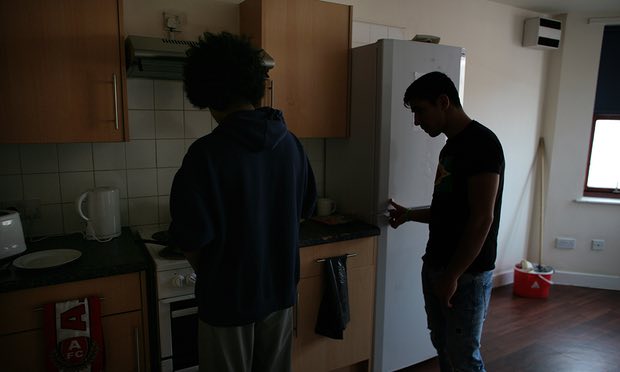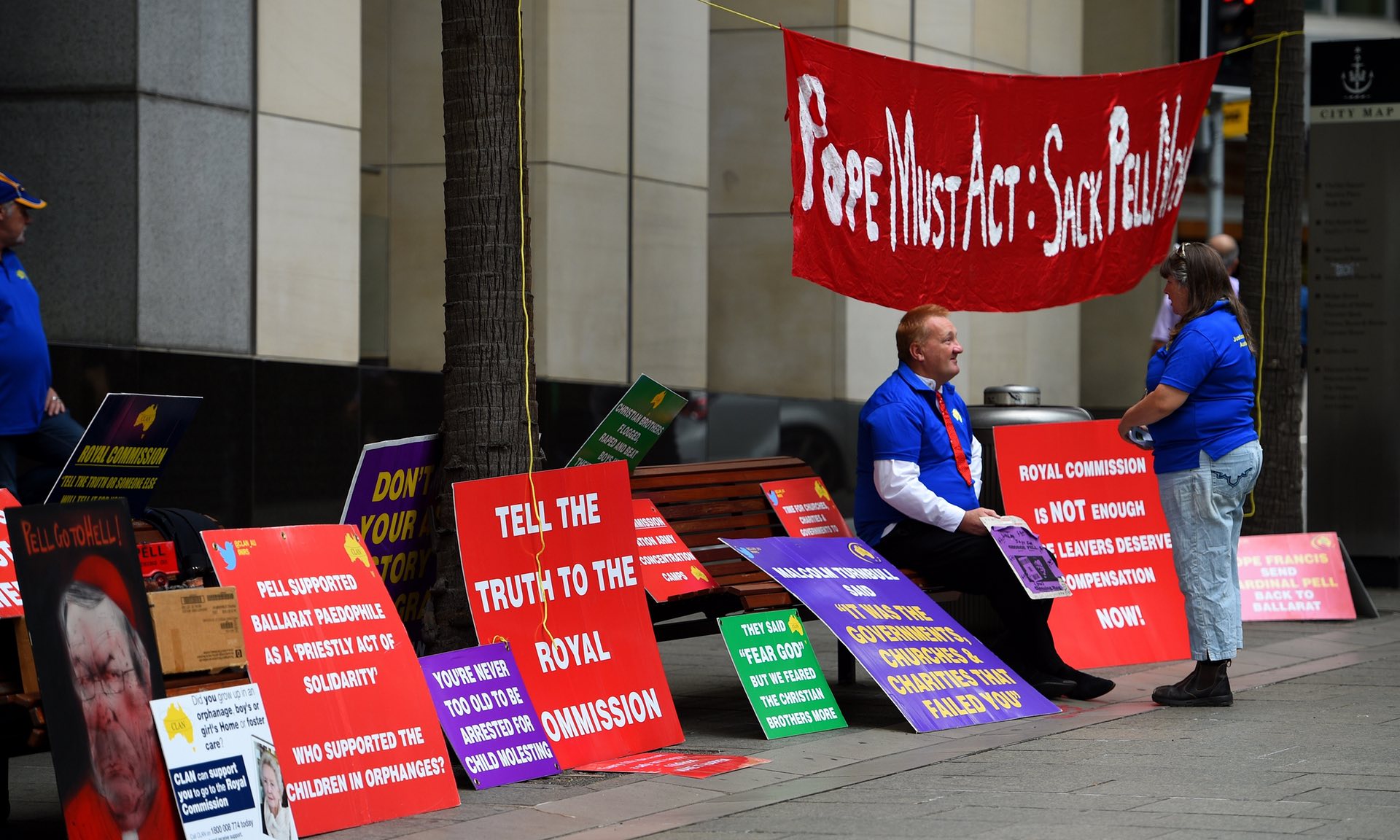Involving Children in Decisions "Will Help Protect Them from Sexual Abuse"
By Melissa Davey
Protecting children in care Researchers from the Institute of Child Protection Studies at the Australian Catholic University, Prof Morag McArthur and Dr Tim Moore, shared their findings from interviews with 27 children and young people living in residential care in Australia. The children were asked about what they thought might prevent sexual abuse, what helped them to feel safe, how well their concerns were responded to, and what could be done to increase their safety. “Residential care felt most safe when it was home-like: where young people felt welcome, where things felt ‘normal’ and where adults looked out for them,” the researchers found. “Participants stressed the importance of stability and predictability in residential care: where children and young people knew what was going to happen, where they felt that they knew their peers and how to manage their behaviours and where tensions could be resolved. Due to its highly chaotic and ever-changing nature, many characterised residential care as being unsafe.” The researchers found routine, fair rules, an opportunity to have a say and a sense of control also helped children feel safe. The researchers said much of the existing research relied heavily on the views of residential care staff and clinicians and on documents, but failed to consider the experiences of children. “People are very worried about the vulnerabilities of children and that involving them might upset and re-traumatise them,” McArthur told Guardian Australia. “They also question children’s capacity to be engaged in these discussions. But children are capable, they want to participate, and they are agents who are active in their own lives. If we don’t understand how children see and experience the world, we won’t respond adequately and that means we can’t keep them safe.” The royal commission has previously found that although 4.7% of children in out-of-home were in residential care as of June 2014, 33% of child sexual abuse reports related to children in residential care. Children with disabilities New research was also presented about the prevalence and prevention of sexual abuse of children with disabilities in institutions. The research was led by Prof Gwynnyth Llewellyn from the University of Sydney’s faculty of health sciences, and it too highlighted absence of child perspectives and ideas. “Segregation and exclusion in closed institutional contexts away from public scrutiny leaves children with disability at heightened risk of violence and harm including sexual abuse,” her report found. “Further, when children with disability are stereotyped as dependent and passive and unable to ‘speak up’, they are at heightened vulnerability to being segregated, abused, overlooked and not heard.” Llewellyn told the symposium that data about the extent of the abuse was woeful. “Right now the abuse of children with disability in Australia is not being measured, and what is not being measured cannot be counted,” Llewellyn said. “What cannot be counted cannot be monitored or evaluated.” Her evaluation found that while there were many existing studies describing the issue of sexual abuse of children with disabilities, such studies could not produce evidence-based solutions. They could only propose solutions, she said. “There was much less research using study designs which test interventions or solutions or evaluate policy initiatives,” her report said. “In other words, study designs that allow us to know what works, and ideally, for whom and under what conditions. Research that can determine what works and in which settings is urgently needed.” Llewellyn’s report also warned against thinking about children with disabilities as a special, distinct group. Doing so implied responsibility for special groups sat “outside” of mainstream services and that those services could therefore be “relieved” of their responsibilities to those children.
Child-safe organisations Through its work over the past four years, the royal commission identified 10 elements that were critical to making an institution safe for children. These elements included: child participation in decisions and a culture of taking children seriously; child-focused processes to respond to complaints of child sexual abuse; and the continuous review and improvement of child safety standards. To check the veracity and feasibility of its findings, the commission asked the University of New South Wales social policy research centre and parent research centre to obtain independent feedback on the 10 elements from a panel of 40 Australian and international independent experts. This research, led by Dr Kylie Valentine, asked the experts how relevant, reliable and achievable the child-safe elements identified by the royal commission were. The research found a high level of support for the elements if they were implemented well, but concerns were also raised about the level of resourcing needed to implement them. “They support mandatory and comprehensive implementation, but with the recognition … that some organisations that provide very important services to children and their families – for example, sport and recreation clubs and childcare centres – will in fact be poorly resourced and not able to support implementation themselves,” the report found. Valentine told Guardian Australia that it was also essential that children had the opportunity to opt out of research. The research will help inform the royal commission’s final report, to be tabled on 15 December, which will include a volume dedicated to making institutions child safe.
|
.
Any original material on these pages is copyright © BishopAccountability.org 2004. Reproduce freely with attribution.

